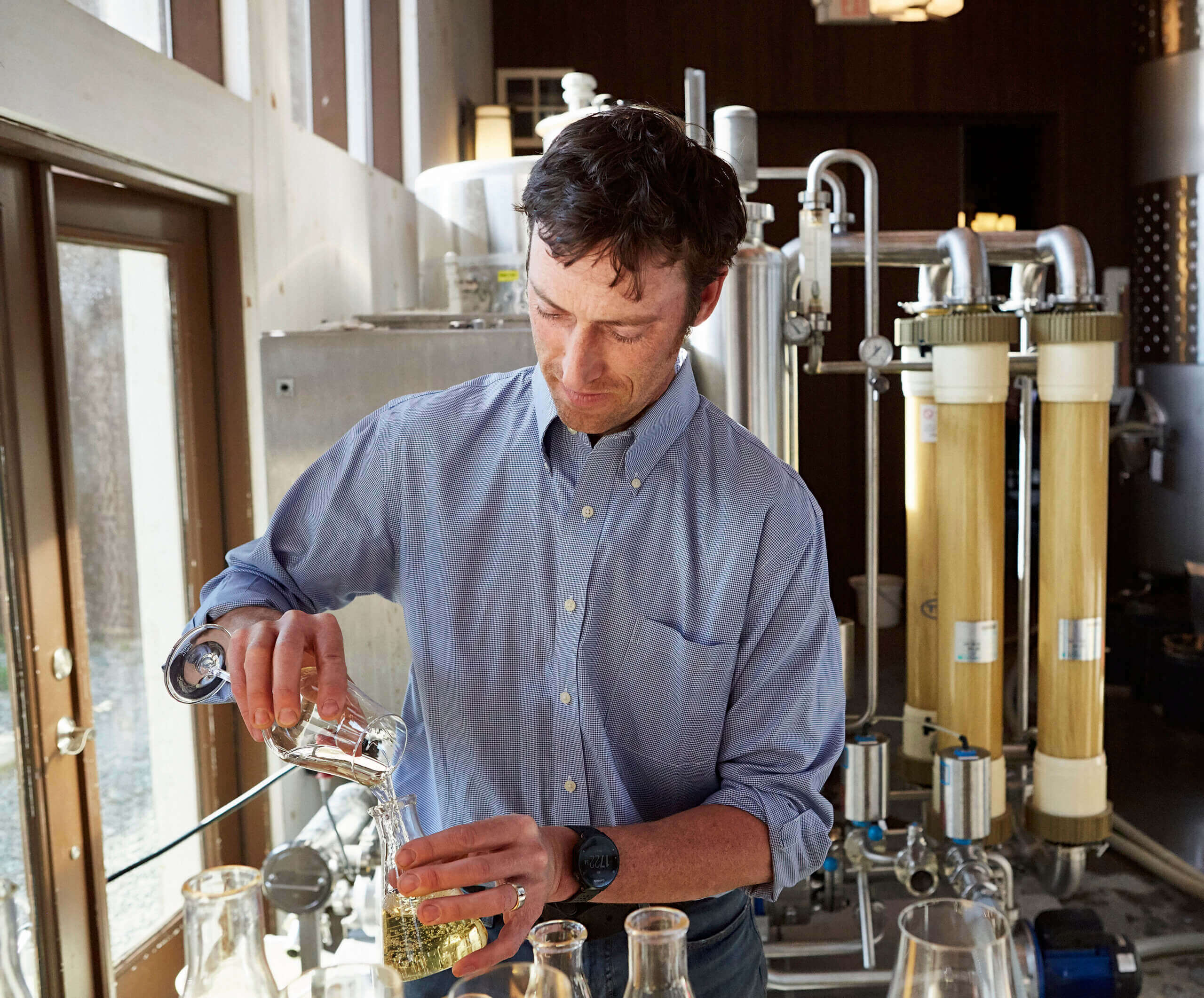A Low Intervention & Hands-on Approach to Winemaking
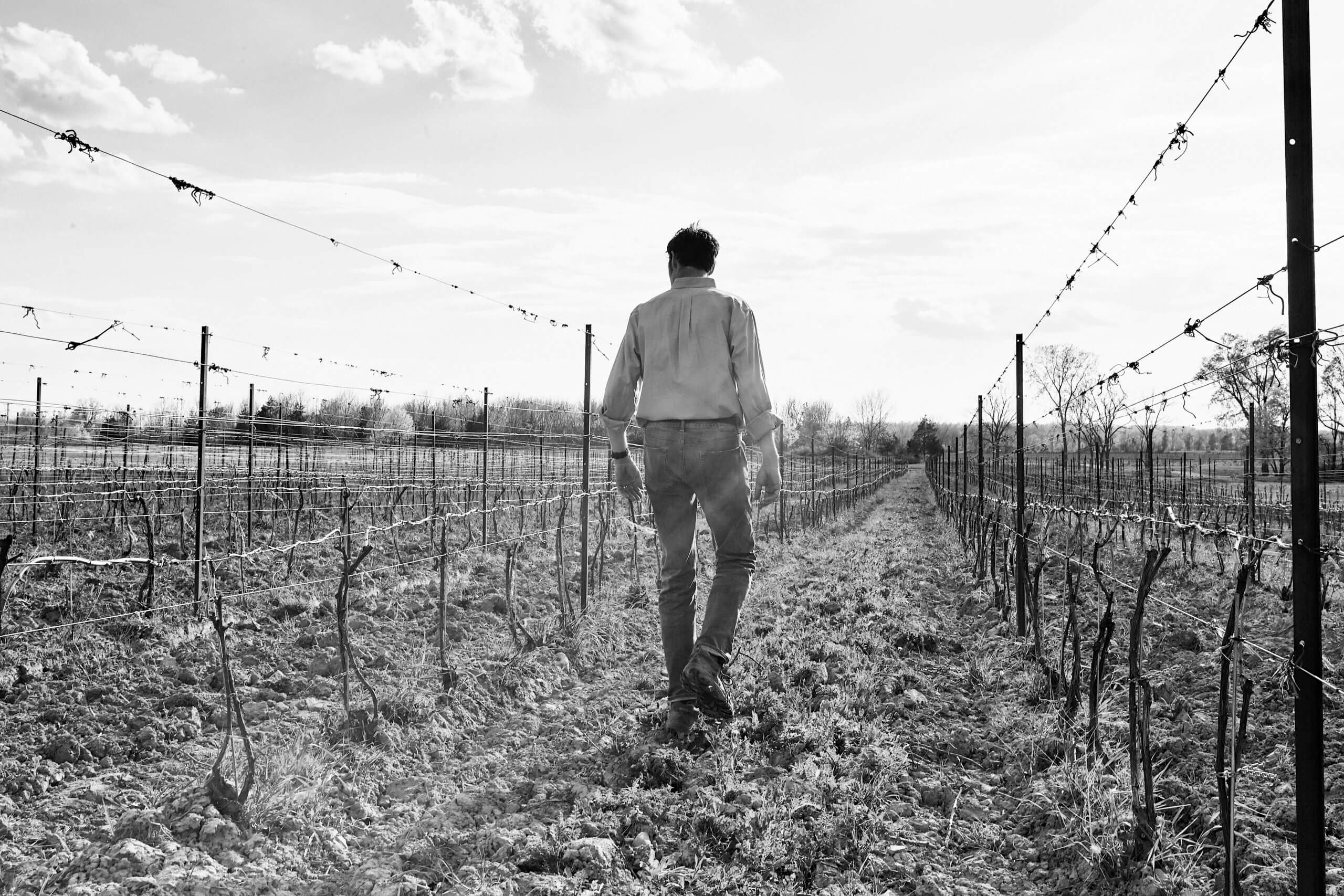
Starting in 2003, in some carboys that would eventually be the Select Late Harvest Riesling, we began our first trials with indigenous yeast fermentation. The animating idea then is the one that has persisted through more than 20 vintages. Unique vineyard sites are home to a unique mix of yeast strains. Those strains are as essential to the expression of a site as its variations in soil type, aspect, or elevation.
The complexity of a vineyard site has many outlets. The varietals we plant, the timing of our picks, and the styles we elect to produce from those picks, are dependent on the capacity of a site to support those decisions. Converting our production to indigenous yeast fermentation is an extension of this site-specific thinking.
Our early tests were successful, but whether native yeasts could carry all of the many fermentations we run was still an open question. Fermentations that rely on native yeasts are typically slower and longer. The extended lees contact has benefits— additional texture and flavor complexity— but comes with risks. Mitigating those risks fittingly began in the vineyard itself.
Healthy indigenous fermentations require a healthy vineyard ecosystem. To explore the full potential of our indigenous yeast strains we first focused on increasing biodiversity within our vineyards. We built up natural defenses, researching and attracting beneficial species and planting site-specific cover crops. We simultaneously began eliminating inputs like synthetic herbicides and insecticides that could damage our native yeast colonies. These efforts in the vineyards, combined with diligent hand selection at harvest, ensured the health of our fruit, in turn enabling us to run healthier, longer fermentations with confidence.
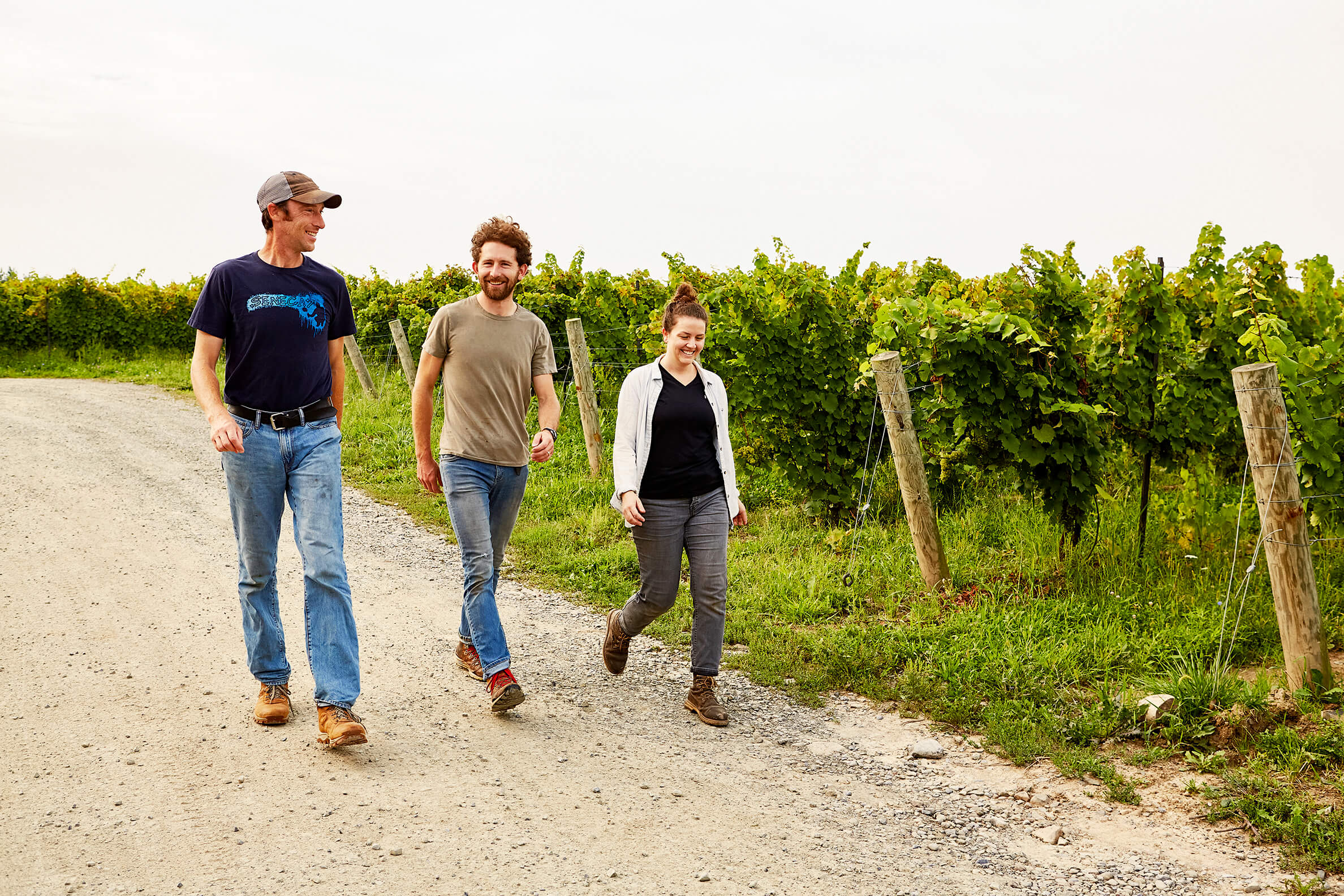
Winemaking Team: Head Winemaker & Co-owner Fred Merwarth, Winemaker Dillon Buckley, & Associate Winemaker Bryanna Cramer
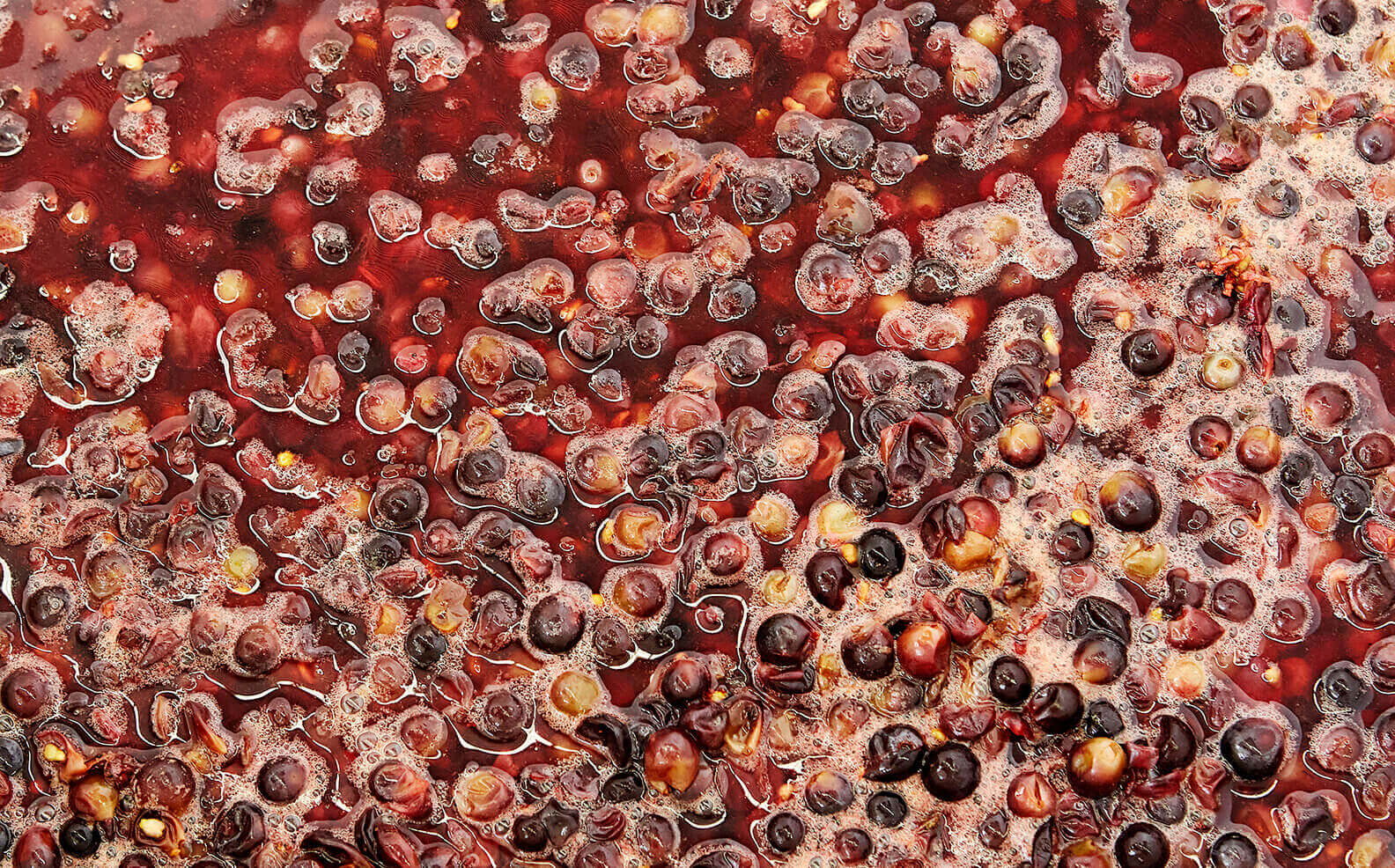
By 2008, all of the fermentations for our estate Rieslings relied exclusively on indigenous yeasts. Our Chardonnay, Gewurztraminer, red varietals, and the primary fermentations for our sparkling wine would follow suit in subsequent years. These transitions highlighted the deep links between our vineyard sites, our harvests, and our finished wines. As we realized in those first, early trials, the additional structure and depth we taste in the tanks each winter are not the point of this approach, they are a welcomed feature.
The Art of Blending: The Human Component of Terroir
Our Dry Riesling demonstrates most comprehensively the assemblage of a wine as it draws from the widest range of pick dates and vineyard sites. Early selections, especially those from the cooler, shale-dominated HJW Vineyard site, lay a foundation of structure and acidity in the wine. Additional components from different pick dates and vineyard sites are combined in a series of blending trials where aromatics, texture, and richness are evaluated. In the end, we create a wine that is both a reflection of vintage and of our estate. Once we have established the Dry Riesling blend- an overarching representation of complexity and balance- we are able to construct the vignettes and snapshots that are our site specific and reserve bottlings.
The best vantage point of a given vintage is from the cellar in winter. It is here that a year’s worth of effort comes into focus, demonstrating how our wines come to be.
